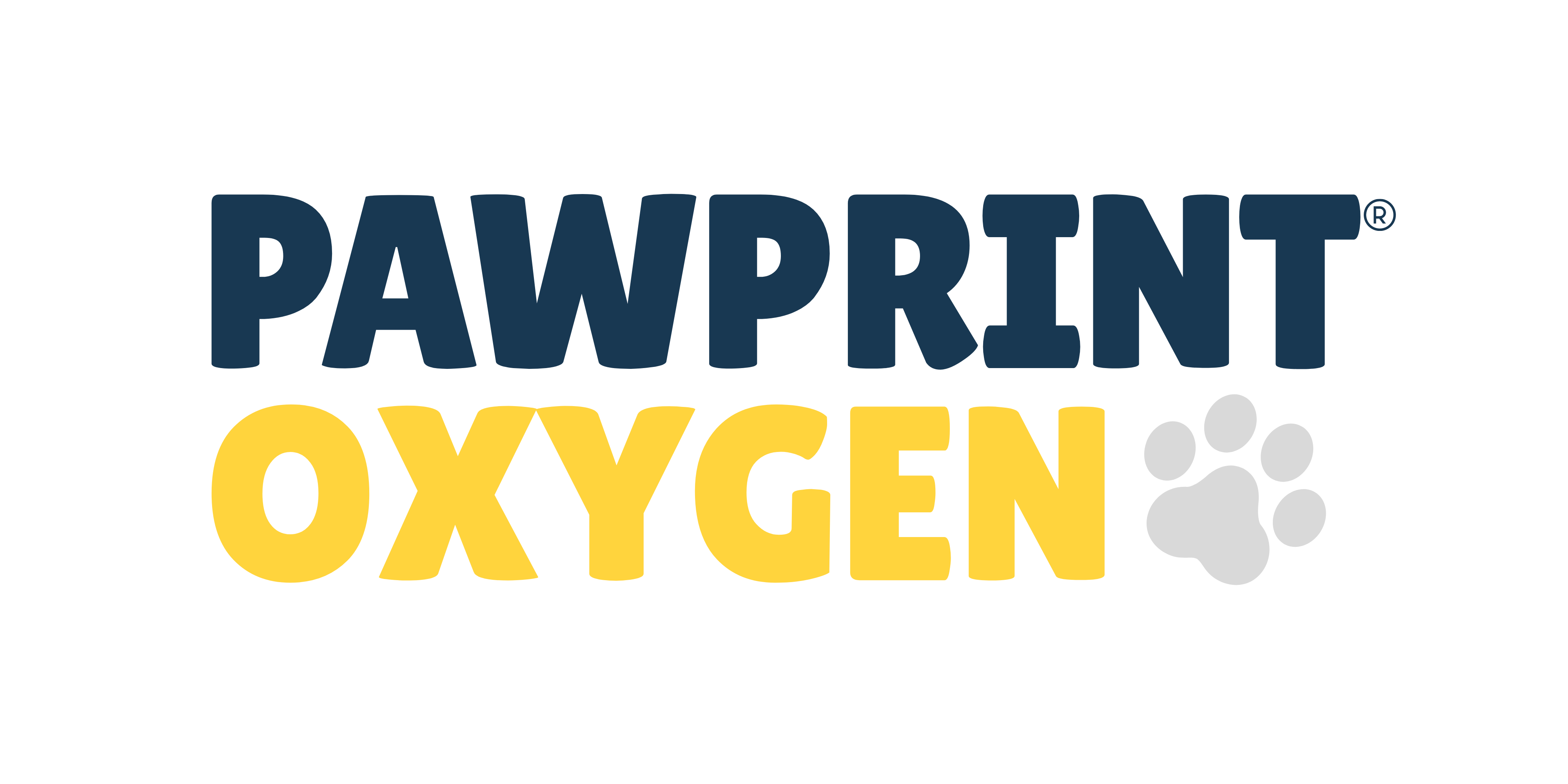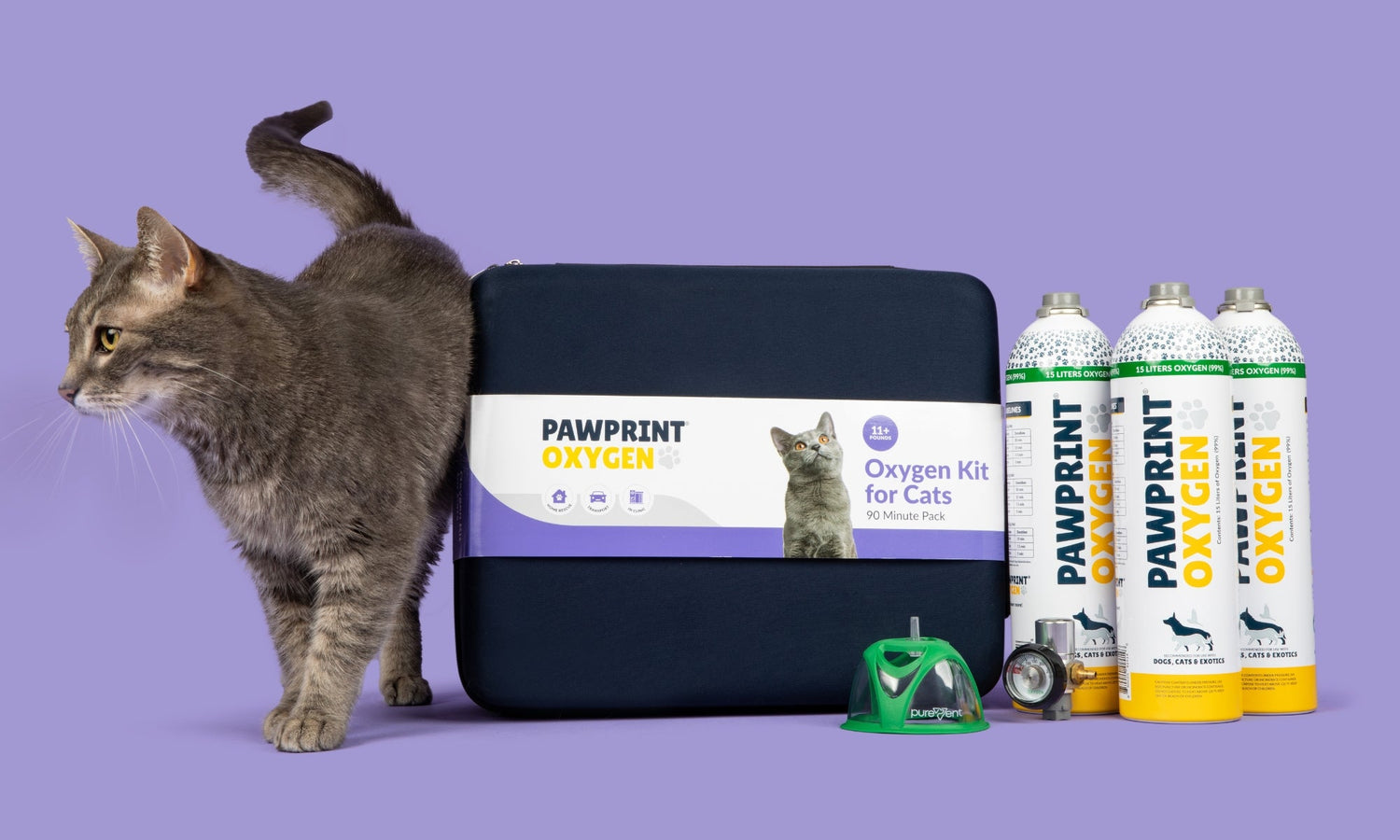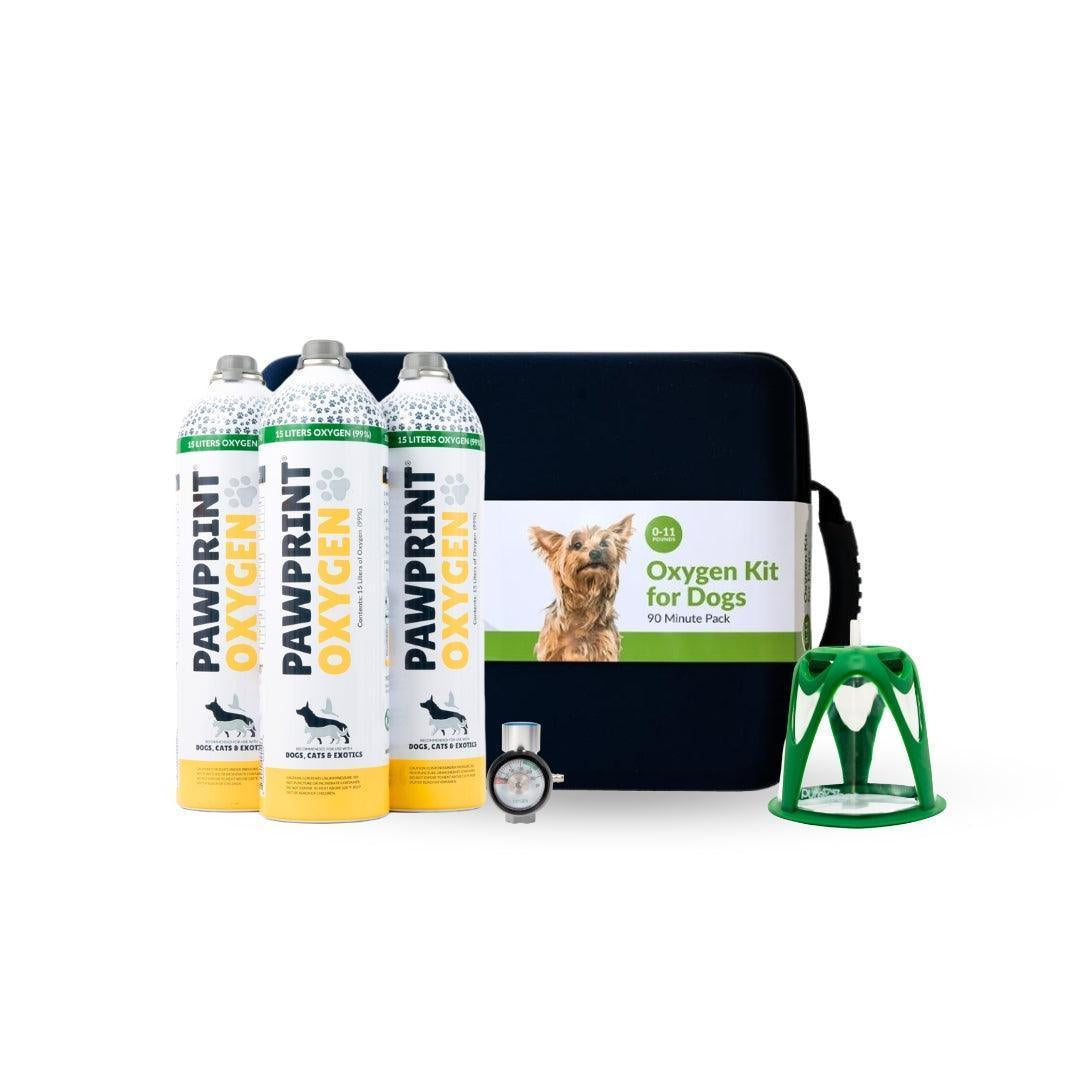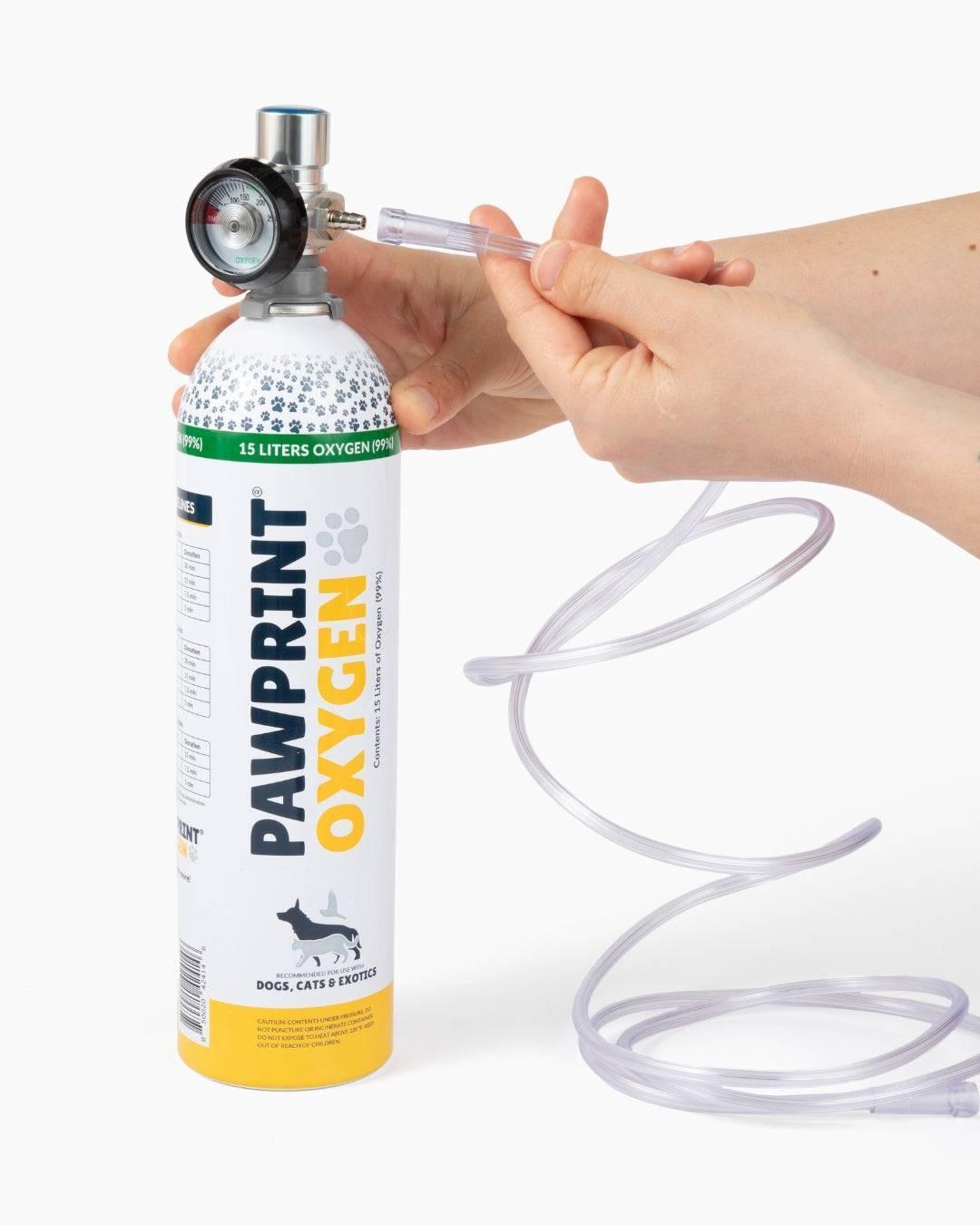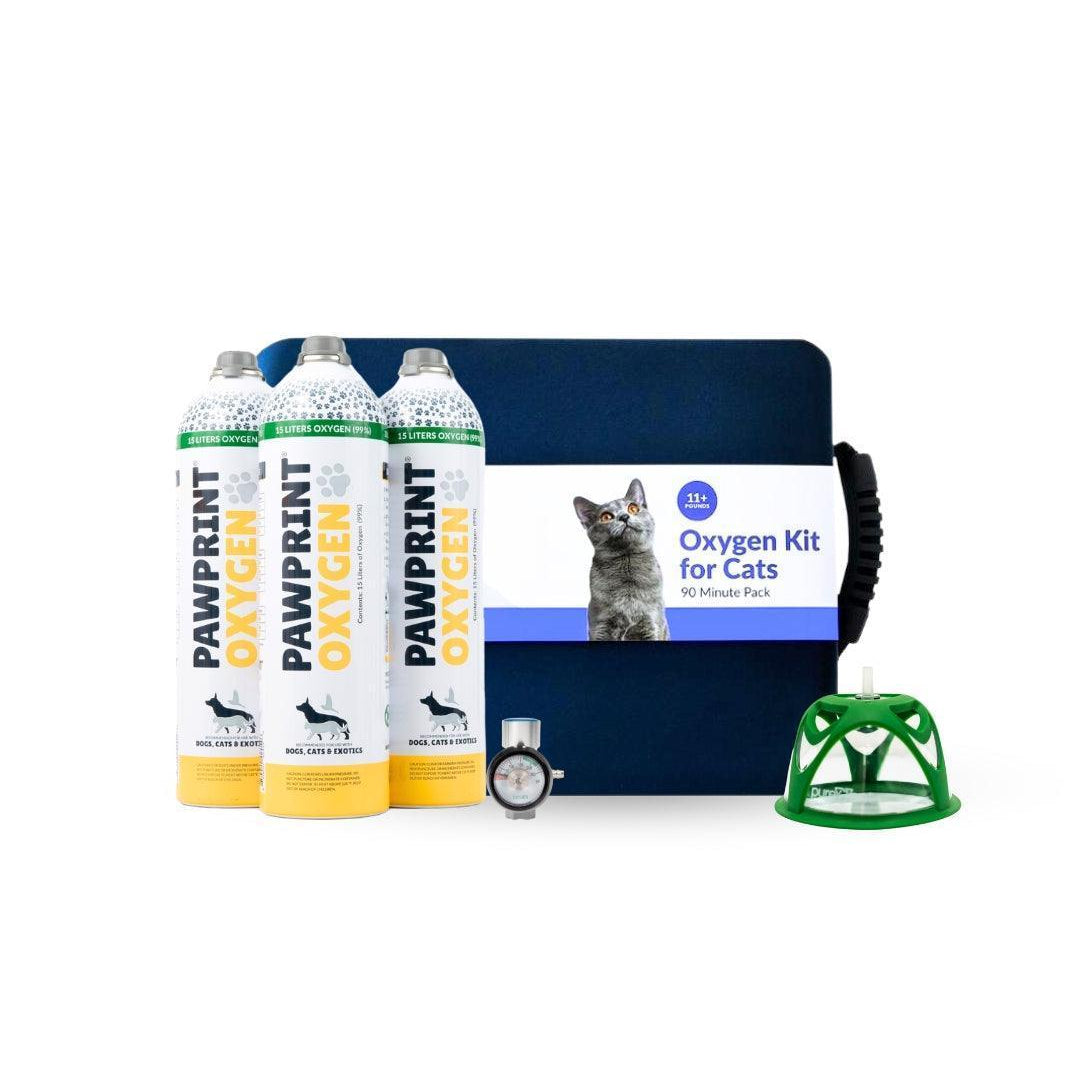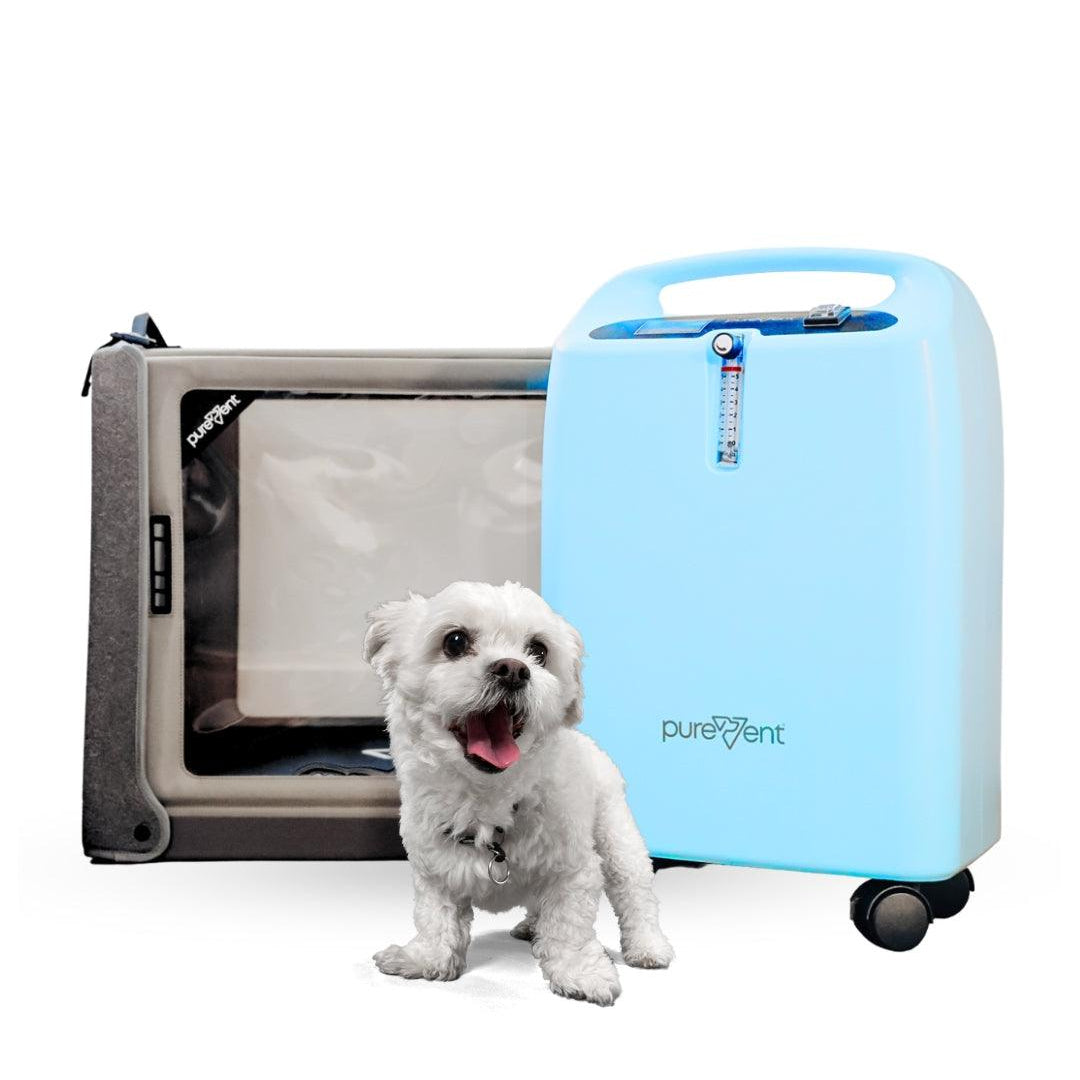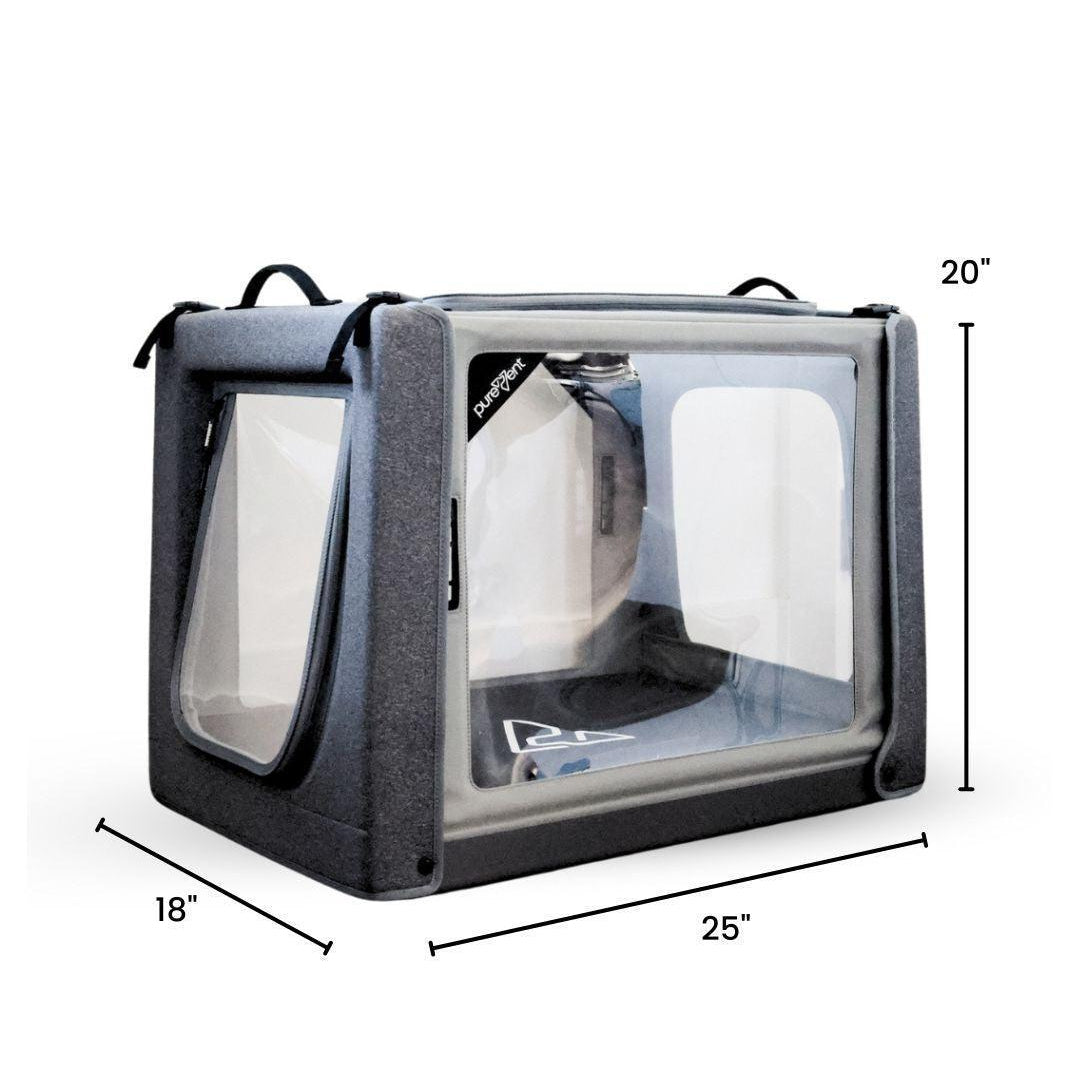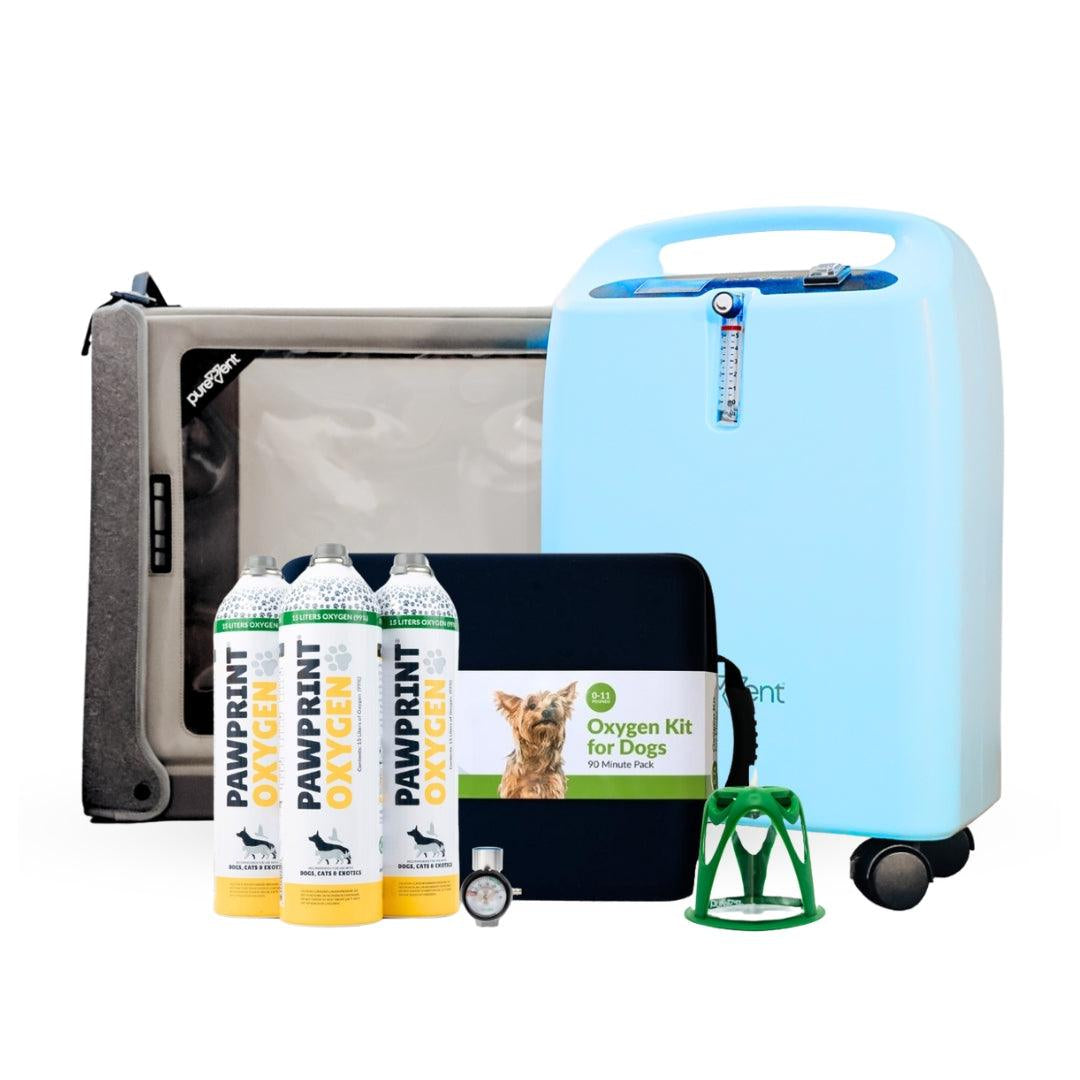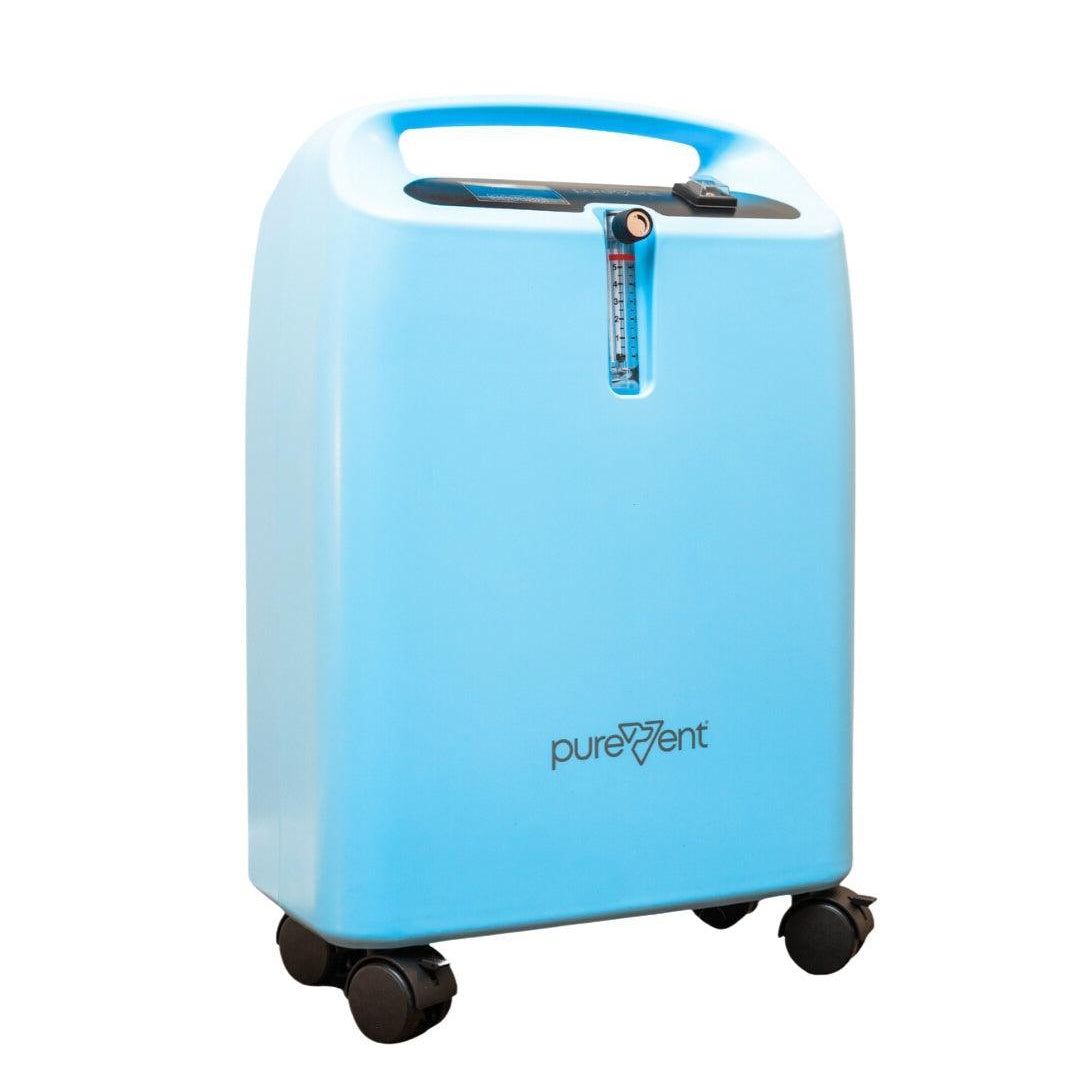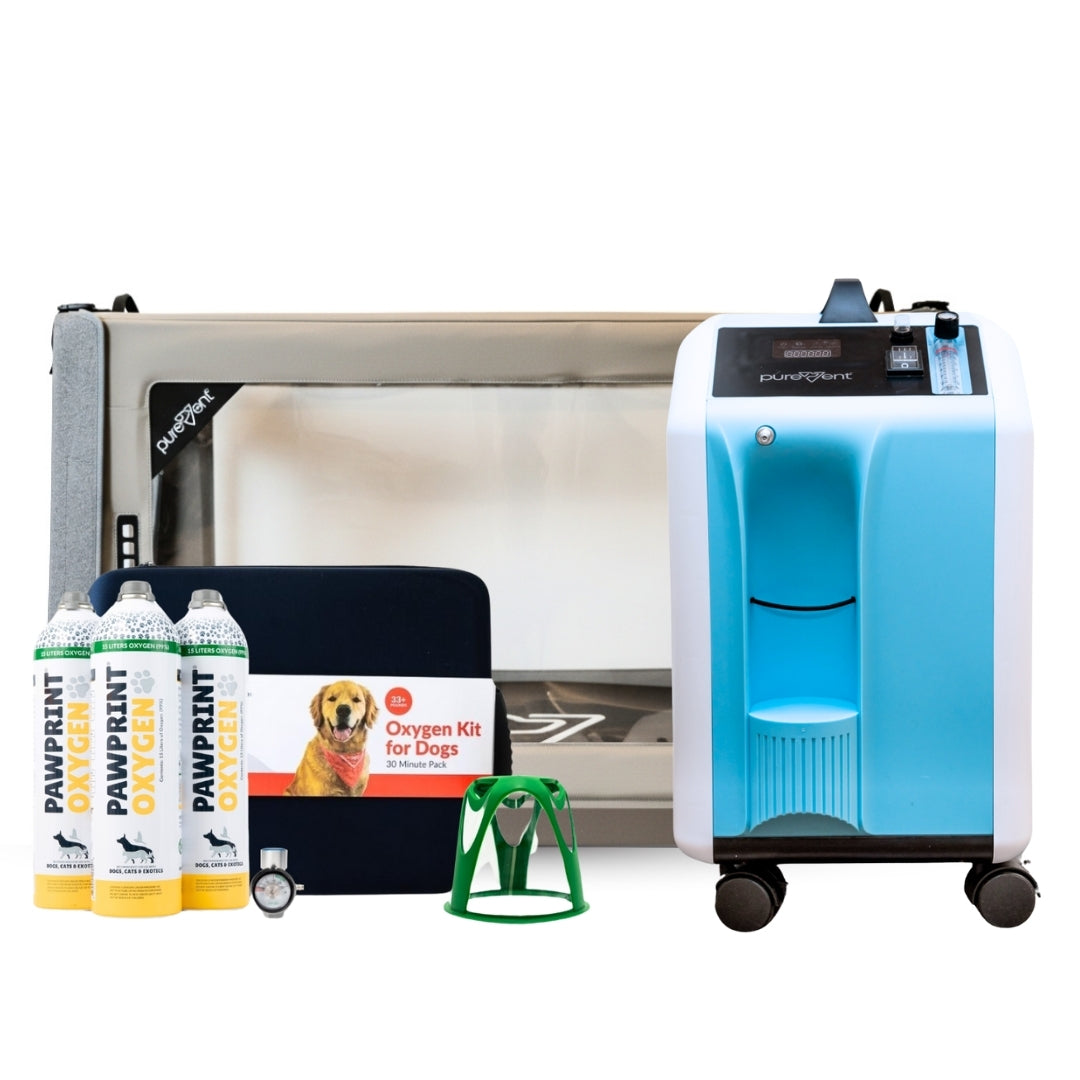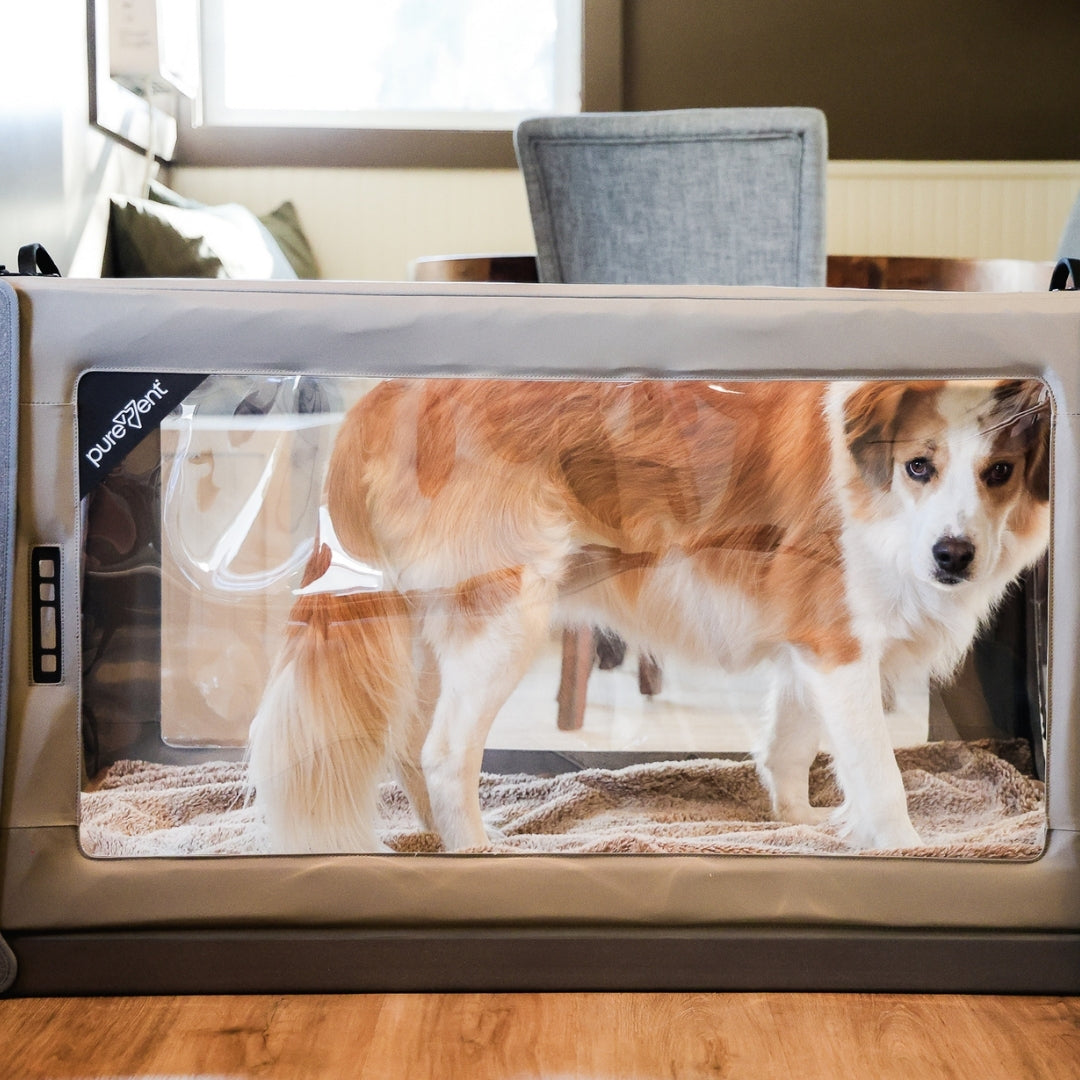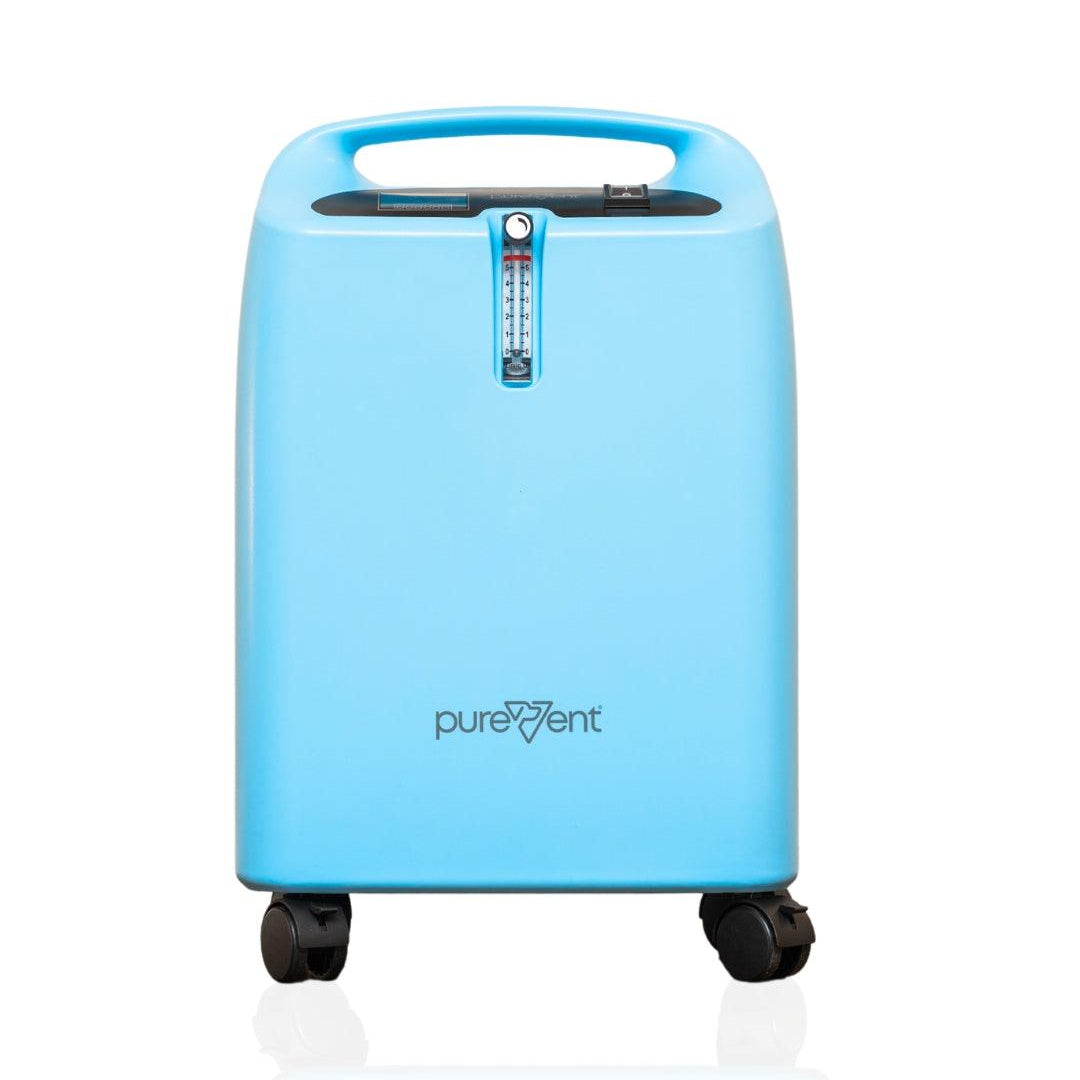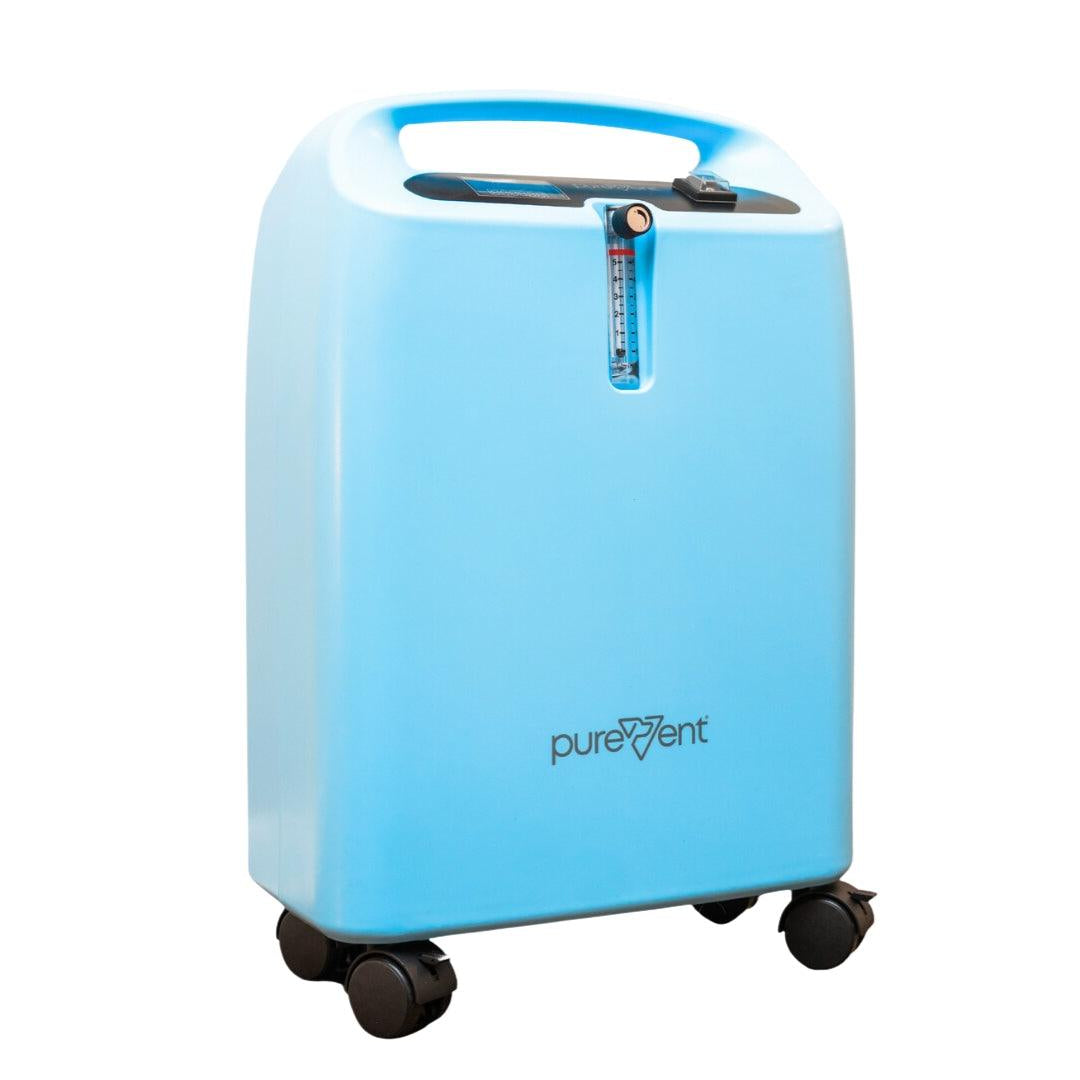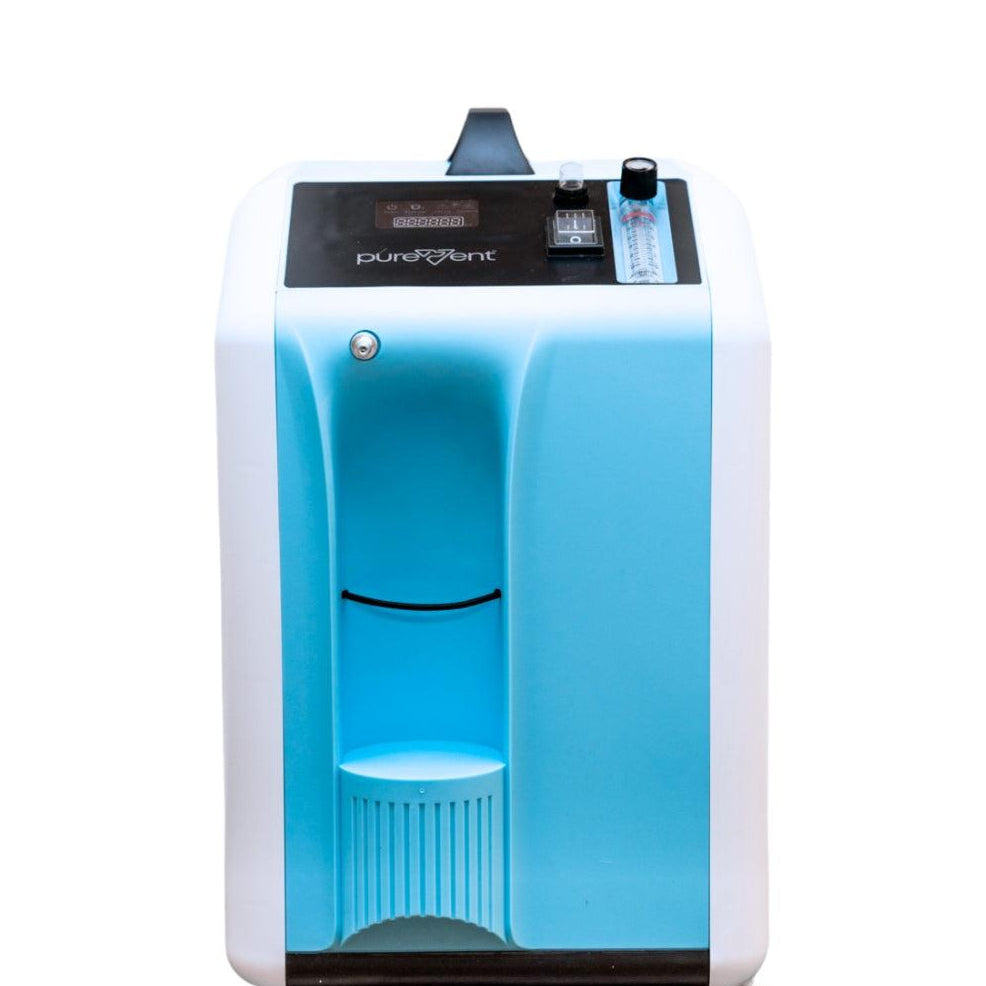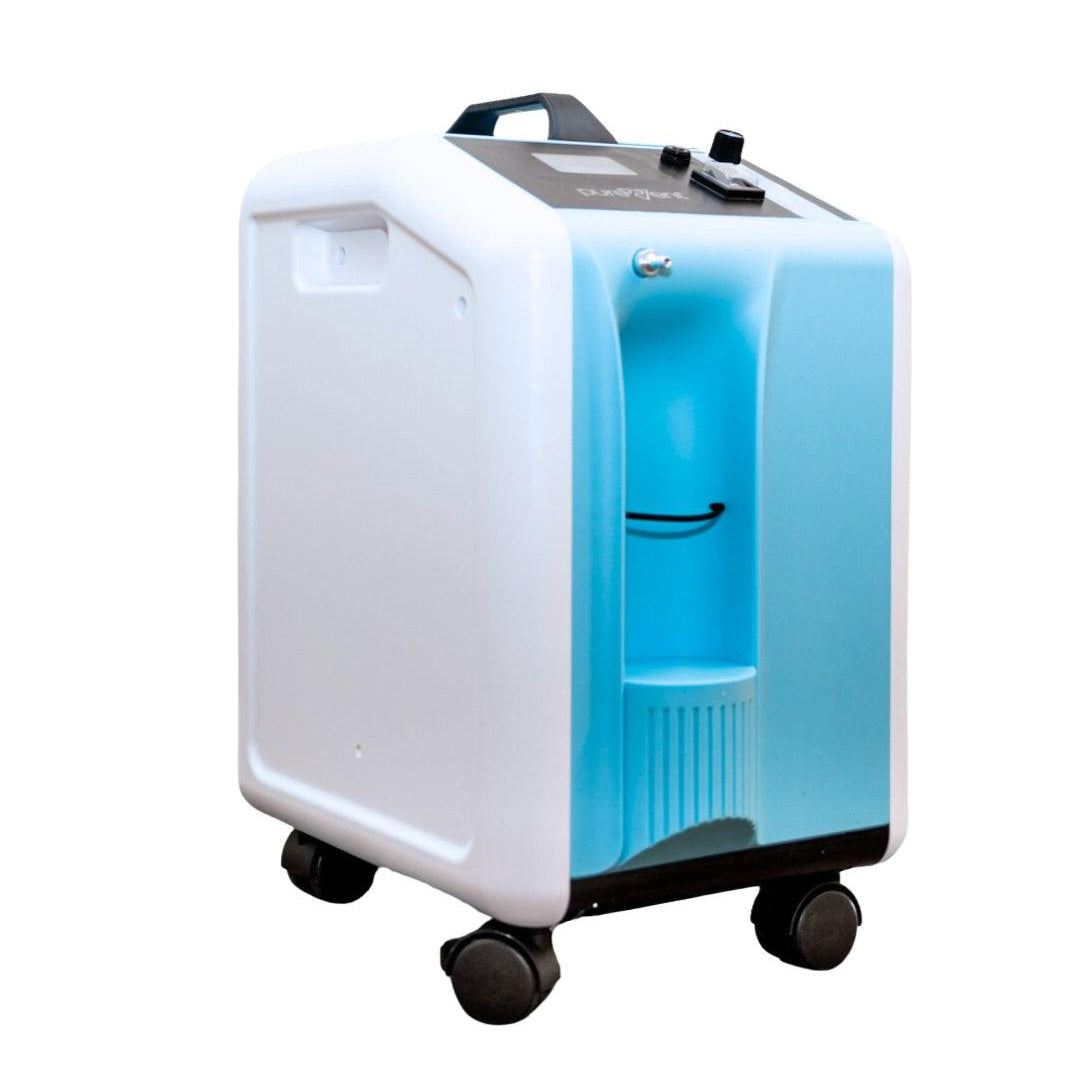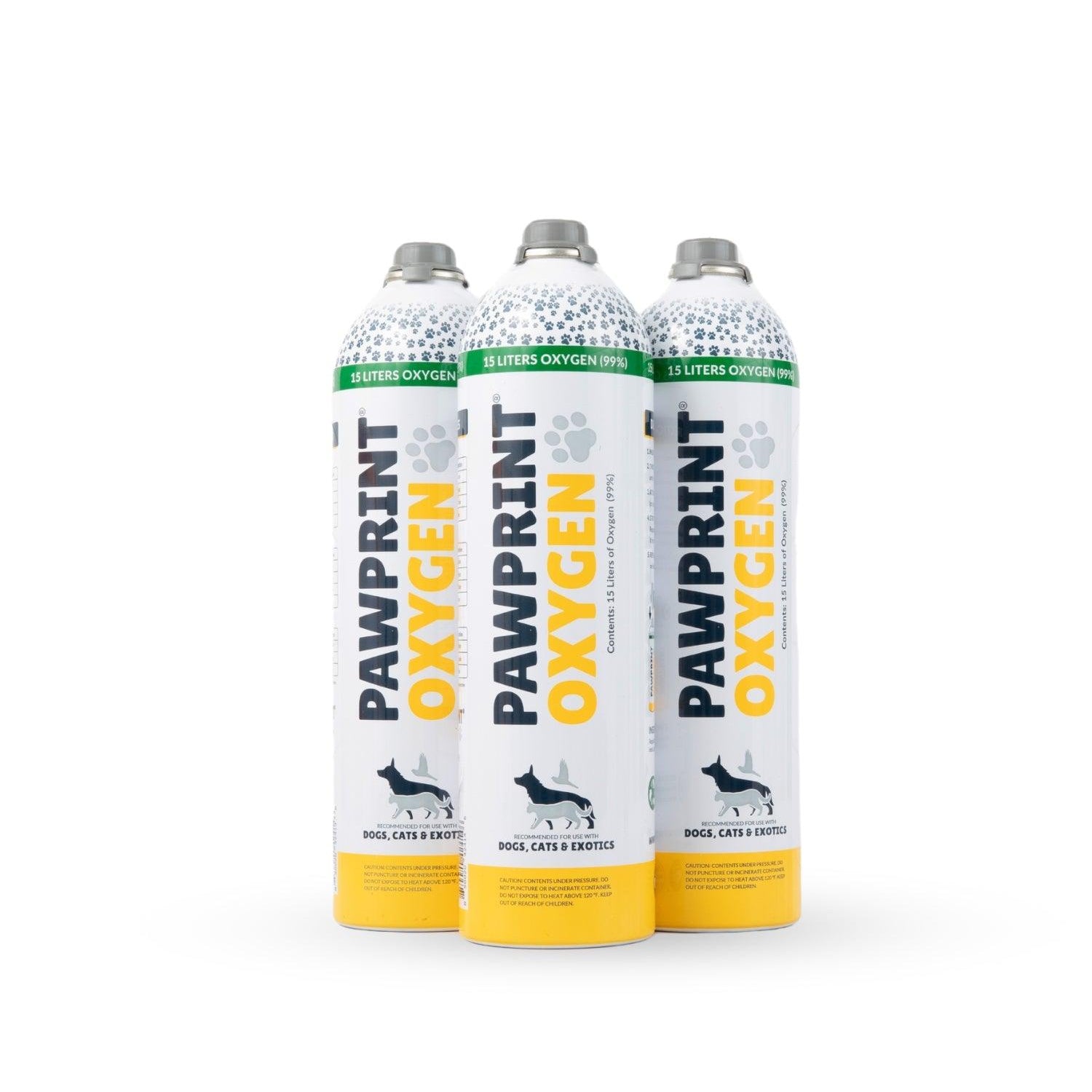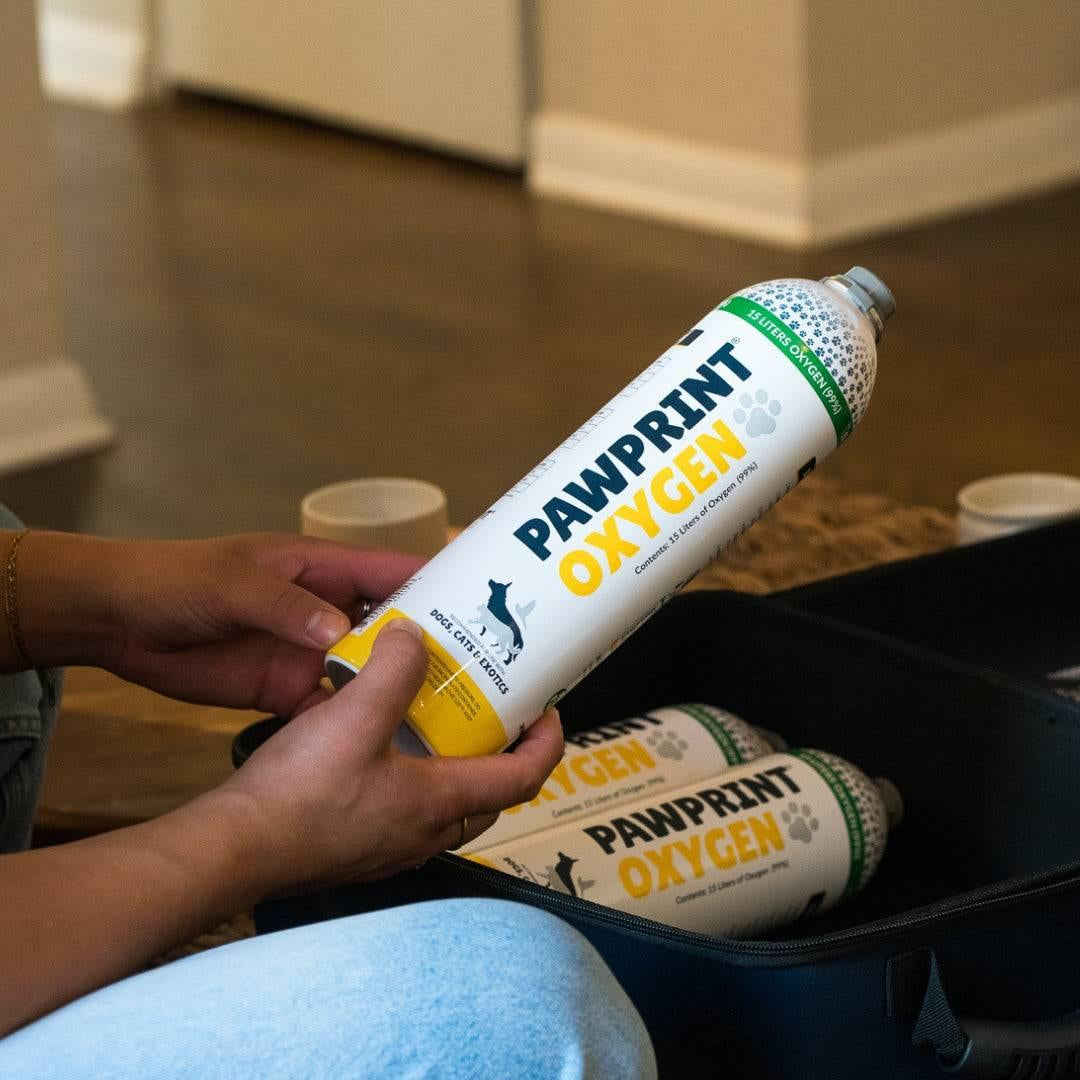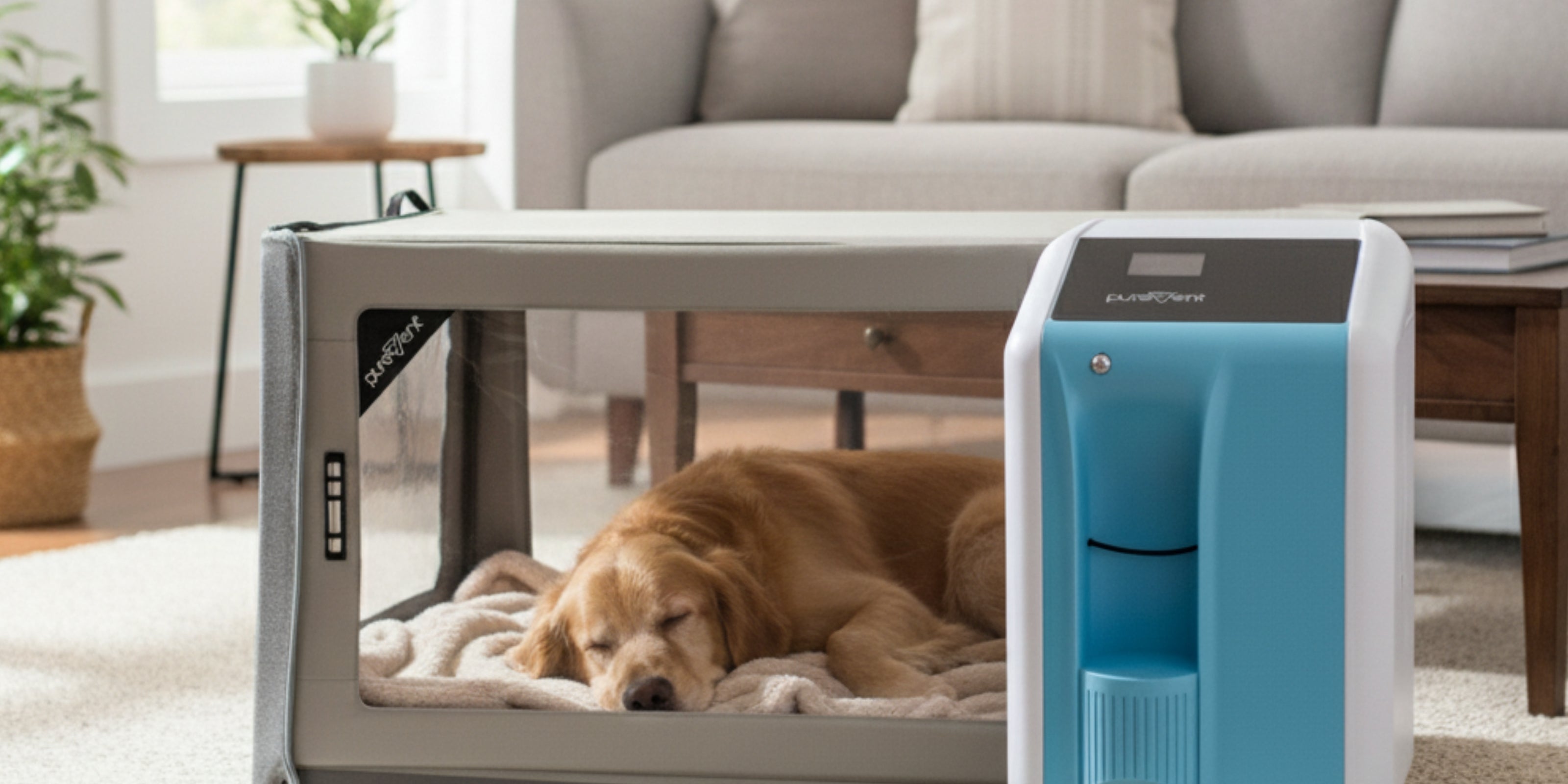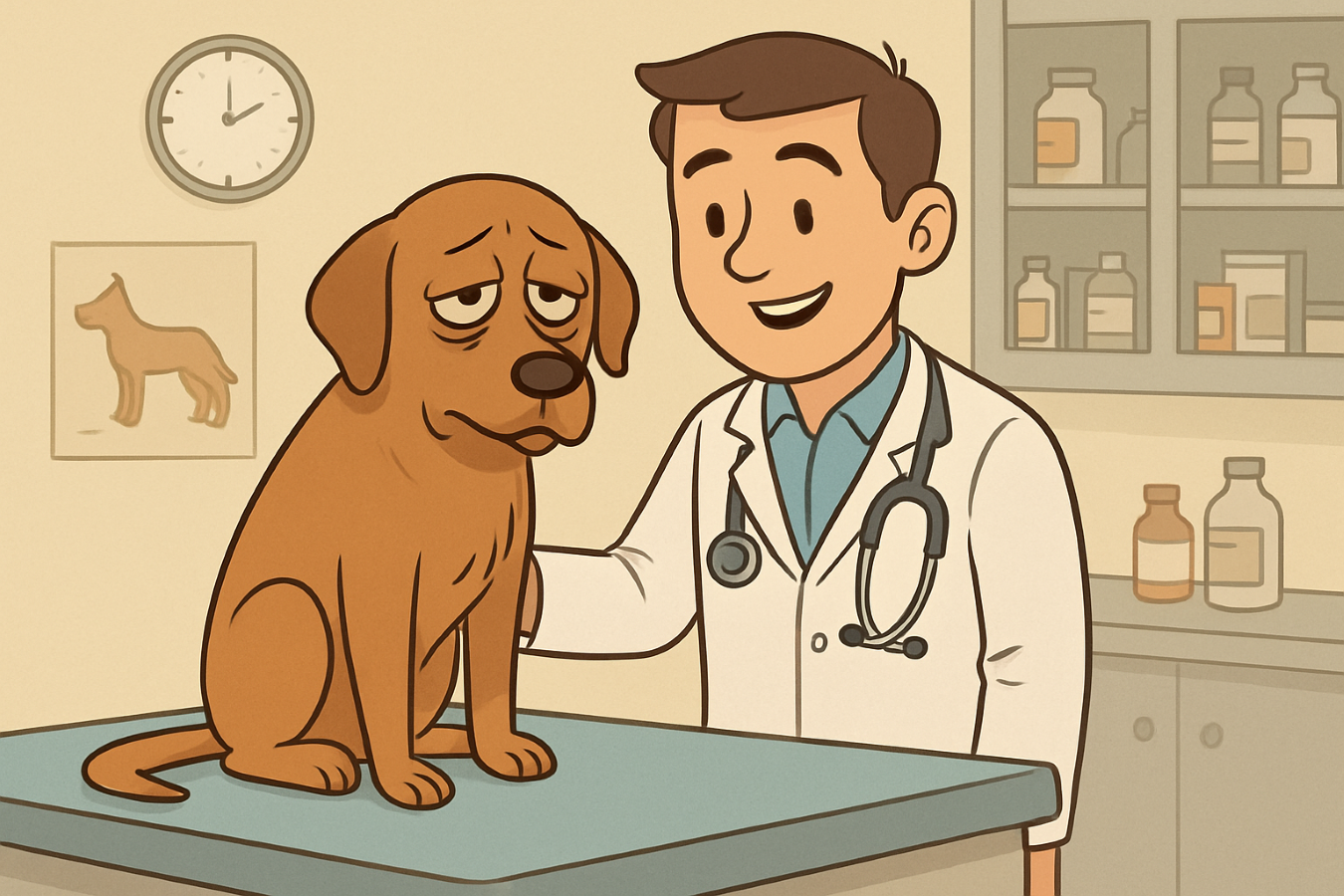This guide explains how oxygen therapy can comfort cats struggling with breathing issues and when it's most beneficial. It outlines the key benefits, such as improved oxygenation, stress relief, and support during emergencies, as well as how to recognize warning signs, manage underlying conditions, and administer therapy safely at home using concentrators or portable canisters
Table of Contents
Seeing your cat struggle to breathe can be scary, but oxygen therapy can provide the comfort and support they need. This guide will walk you through what oxygen therapy is, when it may help, and how you can safely use it for your cat. With the right knowledge and guidance, you can feel more confident in caring for your feline friend during challenging times.
What Are the Benefits of Supplemental Oxygen Therapy for Cats?
Supplemental oxygen therapy can be a lifesaving tool for cats with respiratory or heart conditions, offering both immediate relief and long-term support. By improving oxygen levels and easing breathing, it helps reduce stress, supports recovery, and enhances quality of life. Here are some of the key benefits:
Improves oxygenation so vital organs and tissues get what they need
Eases breathing in cats with asthma, pneumonia, or bronchitis
Supports recovery after surgery, trauma, or severe illness
Reduces stress and discomfort caused by breathing difficulties
Enhances quality of life for cats with chronic conditions like heart disease or COPD
Provides emergency relief during severe asthma attacks or respiratory crises
Supports anemia treatment by meeting the body’s oxygen needs
Non-invasive and adaptable, making it easy to use at home
For Transport and Symptomatic Emergencies
Pawprint Oxygen's Portable Oxygen Kits for Cats are designed to give you peace of mind during emergencies, especially if your cat experiences sudden episodes of respiratory distress. The portable kit provides immediate oxygen support, helping to stabilize your cat while you arrange veterinary care or transport them safely to a clinic. It’s also useful for at-home therapy in cats with ongoing health conditions, making it a versatile tool for both urgent situations and daily support. Best of all, this product is available to purchase without a prescription.
Is feline asthma a common condition in cats?
Yes, feline asthma is considered a relatively common condition in cats, affecting approximately 1-5% of the feline population. It is most frequently diagnosed in middle-aged cats, although cats of any age can develop the condition. Certain breeds, such as Siamese and Oriental breeds, may have a higher predisposition to asthma, suggesting a potential genetic component.
Can feline asthma be cured?
No, feline asthma cannot be cured. It is a chronic condition that requires ongoing management to control symptoms and prevent flare-ups. The goal of treatment is to minimize inflammation in the airways, reduce the frequency and severity of asthma attacks, and improve the cat’s quality of life. With proper management, many cats with asthma can live healthy, comfortable lives.
Can I adopt another pet if I have a cat with feline asthma?
Yes, you can adopt another pet if you have a cat with asthma, but it’s important to consider several factors to ensure the new pet won’t exacerbate your asthmatic cat’s condition. Cats with feline asthma are sensitive to environmental triggers, so careful planning is essential to create a harmonious and healthy environment for all pets. Prioritize compatibility, minimize allergens, and consult with your veterinarian for the best outcome.
What Are Some Symptoms Indicating Your Cat May Need Oxygen Therapy?
Recognizing the warning signs of breathing problems can help you act quickly and get your cat the oxygen support they need. If you notice any of the following, contact your veterinarian right away:
Labored breathing with rapid, shallow breaths or flaring nostrils
Bluish gums or tongue (cyanosis), a serious sign of low oxygen
Open-mouth breathing, which almost always signals distress
Lethargy or weakness, with little energy for normal activity
Persistent coughing or wheezing, often linked to asthma, bronchitis, or heart disease
Cats struggling to breathe may show these subtle or obvious signs that oxygen support is needed. Watch for the following symptoms as well and seek veterinary care promptly:
Nasal flaring as your cat works harder to breathe
Rapid heartbeat, often linked with low oxygen levels
Behavior changes, such as anxiety, restlessness, or unusual calmness
Gagging or choking, which may signal airway obstruction or distress
Panting, which is abnormal in cats and a warning of possible respiratory issues
Early recognition and treatment can make a big difference in your cat’s outcome, so don’t delay in contacting your veterinarian.
What Are Some Conditions Requiring Oxygen Therapy in Cats?
Oxygen therapy can be an essential treatment for various health conditions in cats, helping to stabilize and improve their respiratory function. Here are some common conditions that often necessitate the use of supplemental oxygen:
Asthma: Feline asthma causes airway inflammation and narrowing, leading to coughing, wheezing, and breathing difficulties. During flare-ups, supplemental oxygen offers vital relief and support.
Pneumonia: his lung infection causes inflammation and fluid buildup, making breathing difficult. Oxygen therapy supports recovery by keeping oxygen levels stable.
Heart Disease: When the heart can’t pump efficiently, tissues receive less oxygen. Supplemental oxygen eases symptoms and improves comfort.
Pulmonary Edema: Fluid buildup in the lungs from heart failure, toxins, or other causes makes breathing difficult. Oxygen therapy helps maintain stable oxygen levels during treatment.
Trauma: Injuries like lung damage or shock from accidents can impair breathing. Oxygen therapy provides critical support during early recovery.
What Are My Options for Administering Oxygen Therapy to My Cat at Home?
Administering oxygen therapy at home can be an important way to support your cat’s health. The right option depends on your cat’s condition, their comfort, and what you can manage safely. Below are two common methods:
Oxygen Concentrators: Extract oxygen from the air, providing a reliable and continuous supply. Cost-effective over time, but require electricity and are best for home use.
Portable Oxygen Canisters: Pre-filled with compressed oxygen, making them lightweight and portable. Ideal for emergencies or travel, but need regular reordering if used often.
Always consult your veterinarian to choose the best option and ensure safe, effective use.

Ensuring Your Cat Is Getting the Best Care
Oxygen therapy can make a meaningful difference in the lives of cats facing respiratory or heart challenges. By recognizing the signs early and working closely with your veterinarian, you can ensure your cat gets the support they need. Whether used during emergencies or as part of ongoing care, oxygen therapy offers comfort, relief, and peace of mind for both you and your feline friend.
